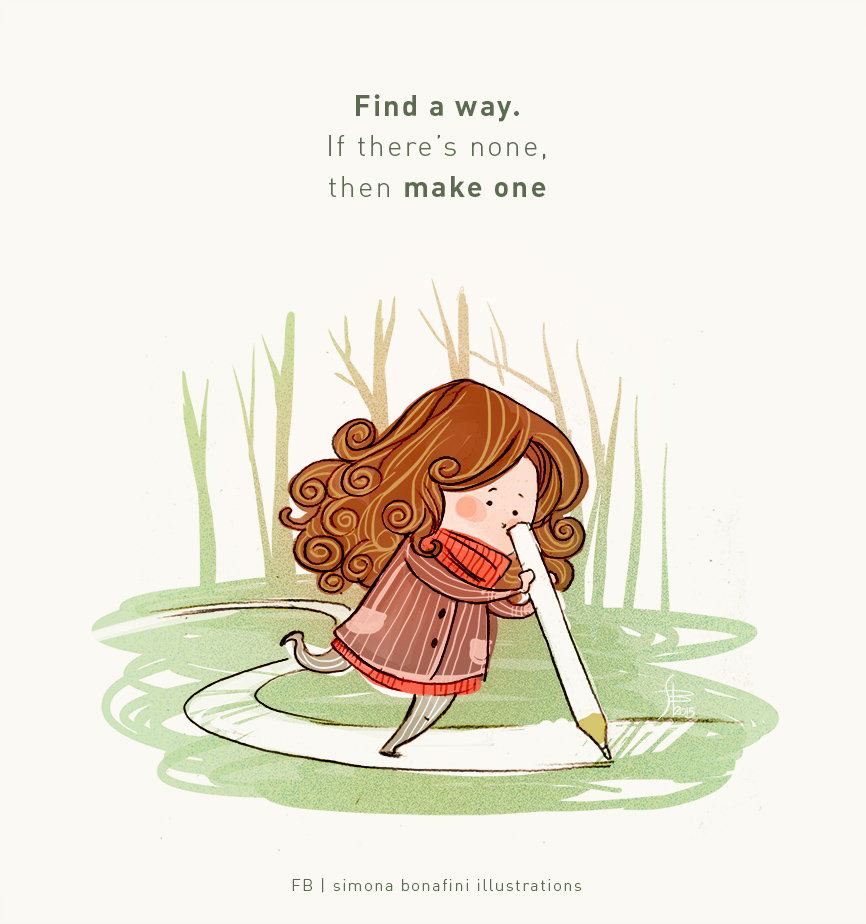Working out how to support my whole school community in the myriad ways that a good teacher librarian (TL) should is something that has worried me… until now.
This subject has shown me how to create re-usable learning objects so that it is possible to build and adapt a repository of school-based resources over time. This would include research guides, documents and templates that support the development of information literacy skills, and video tutorials (Kempinger, 2021a) that show how libraries can help.
Collaboration not isolation

Photo by Leon on Unsplash
Until I reached out to a colleague to discuss ideas about an actual unit of study, I was directionless and confused. The ability to tailor a research guide to a specific purpose highlighted the need for content curation and not simply content collection. Choosing quality content, evaluating it before including it and providing annotations to explain why it has been included, means that the user can feel confident that it will be suitable (Oddone, 2020).
Couldn’t do it without technology

Photo by ThisIsEngineering from Pexels
Unfortunately, my school library does not have a robust online presence. This is something that needs to be prioritized if we want to work smarter and not harder. A library homepage that links to subject-specific research guides, researching templates, how-to instructions, and video tutorials creates consistency; something that teachers and students can trust. As South (2017) says, we want students to experiment without a fear of failure and the ideas outlined above can support this.
TLs are experts at evaluating resources for their suitability and know to consider a range of factors when selecting resources. The readability thread started by Gill (2021) is a great example of how online tools can be useful but teacher judgement needs to be applied when choosing resources for students.
Online vs print

Photo by Souvik Banerjee on Unsplash
Although there are a few useful references on the shelves in our library, we cannot compete with the variety that is available online(Kempinger, 2021b). But, can we simply send students online to find information?
While students are likely to be able to complete a google search, they are unlikely to be able to gauge the accuracy and reliability of the information they find. In order to support the development of information literacy skills, TLs need to ensure that they work with teachers to create useful and consistent processes that are embedded into the curriculum. These can then provide scaffolds for students within research guides; which is preferable to them finding their own unstructured methods (Gilbert, 2019).
The library website also needs to show best practice. It cannot be assumed that students understand how to effectively and respectfully use the broad range of tools that Web 2.0 has to offer. TLs can model “exemplary use of social media, search engines, and collaborative research strategies” (O’Connell, 2011) when working with both students and staff.
Accessibility

Image by cris renma from Pixabay
Finally, my eyes have been opened to WCAG (W3C, n.d.). It is one thing to be aware of accessibility and another to actively strive to understand and achieve it. By ensuring that learning objects produced by or in collaboration with the library are compliant, a conversation about the choices we make can be started. If we know how to make it easier for everyone to access learning, why wouldn’t we do it?
References
Gilbert, K. (2019, May 3). Libguides: In workflow, discovery, behaviour and space. Synergy, 14(2). https://slav.vic.edu.au/index.php/Synergy/article/view/v14220165
Gill, L. (2021). Online access. ETL 501 forum module 2: Print versus digital information sources. Response in Discussion Forums. CSU. https://interact2.csu.edu.au/webapps/discussionboard/do/forum?action=list_threads&course_id=_57506_1&nav=discussion_board_entry&conf_id=_114042_1&forum_id=_241167_1
Kempinger, N. (2021a, September 19). Flip or flop? Passion for learning. https://thinkspace.csu.edu.au/kempinger/2021/09/19/flip-or-flop/
Kempinger, N. (2021b, August 1). Are reference sections going extinct? Passion for learning. https://thinkspace.csu.edu.au/kempinger/2021/08/01/are-reference-sections-going-extinct/
O’Connell, J. (2011). Web 1.0 to Web 3.0: A wolf in sheep’s clothing or a new culture of learning? Technology and teaching practice. https://teachwithict.wordpress.com/2011-symposium-the-communicative-affordances-of-online-tools/web-1-0-to-web-3-0-a-wolf-in-sheeps-clothing-or-a-new-culture-of-learning/
Oddone, K. (2020, April 3). Digital content curation: How to do it right! SCIS. https://scis.edublogs.org/2020/04/03/digital-content-curation-how-to-do-it-right/?sbe-followsubs=true
South, S. (2017). School libraries as incubators – where good ideas hatch! Scan, 36(1). https://education.nsw.gov.au/teaching-and-learning/professional-learning/scan/past-issues/vol-36–2017/school-libraries-as-incubators-where-good-ideas-hatch-
W3C. (2019, July 11). Introduction to web accessibility. Web Accessibility Initiative. https://www.w3.org/WAI/fundamentals/accessibility-intro/






